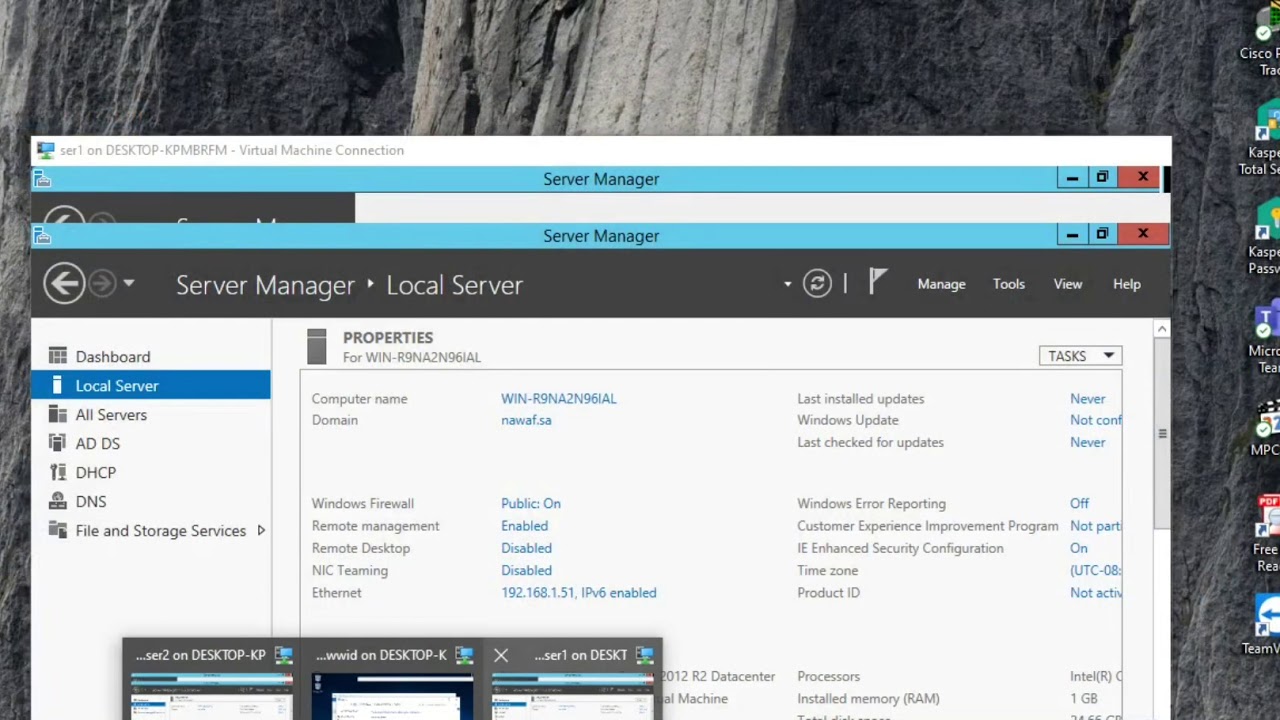
To easily get up and running, you can use this Github repository to get up and running. If you’re coming directly to this tutorial on debugging docker containers, I’ll be assuming you’re familiar with Docker Compose.Īs a bonus, we’re also going to look at nodemon for monitoring server side changes and restarting our server without us having to shutdown and restart containers on ever server-side change. If you haven’t started, but are interested in hosting your applications development environment inside Docker containers, you’re going to want to check out the recently released Docker for Devs tutorial. In this first part were going to look at how to use WebStorm, followed by Visual Studio Code and finally hooking up the good Ol’ fashion node.js debugger. This is the first of a three part series where were going to look at how to debug docker containers running an React.js/Node.js/Express.js application. Intuitive and flexible licensing models ensure that the app can be customized uniquely to your team’s needs.If you’re using Docker to host your applications development environment, it will be important to know how to debug your applications source code running in the container.

AnyDesk for Mac gives you a super-fast, stable connection to your desktops or servers, no matter where they are. Mac computers and AnyDesk enjoy seamless connectivity and a quick, simple setup that can make your life easier and more productive. How to Exit Full-Screen Mode in AnyDesk on a Mac

You can also minimize the AnyDesk window and conveniently open any of your local programs. This should instantly toggle the full-screen mode off.Īfter exiting the full-screen environment, you can access your local taskbar and launch any application on your system. Alternately, click on the interlocking rectangular shapes in the middle of the navigation pane.



 0 kommentar(er)
0 kommentar(er)
